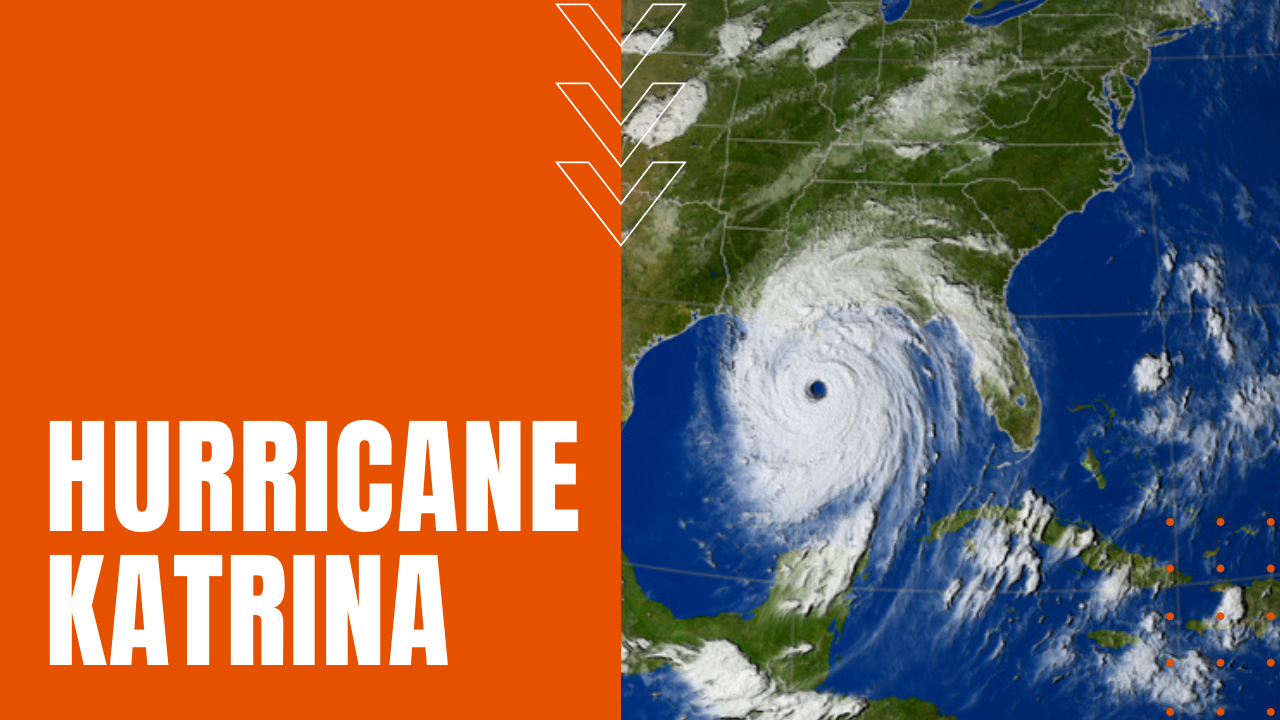Hurricane Katrina: Deadly and Destructive Category 3 Storm of 2005

When Was Hurricane Katrina?
Hurricane Katrina struck the Gulf Coast in the early morning hours of August 29th, 2005. The Category 3 storm brought sustained winds of 100-140 miles per hour, stretching some 400 miles wide as it bore through Louisiana, Mississippi and Alabama, causing more than $100 billion in damages while displacing some one million people from the Gulf Coast region.
Evacuation and Response to Hurricane Katrina
And while New Orleans had already been flooded by five prior hurricanes in the 20th century, those residents who lacked any means of transportation for Mayor Ray Nagin’s first-ever mandatory evacuation order, found themselves trapped in high water once the city’s levee systems suffered catastrophic failures.
Of the city’s half a million residents, an astounding 112,000 found themselves trapped in the Superdome, or in their rapidly-flooding homes. By 9 A.M. that same morning, after Katrina had moved inland towards her eventual decline, residents in low-lying places such as St. Bernard Parish and the Ninth Ward scrambled into attics and onto rooftops as flood waters rose, many drowning in attics when they lacked the necessary tools to cut through their roofs.
While many people acted heroically in the storm’s aftermath—the Coast Guard rescued some 34,000 people, while the all-volunteer Cajun Navy rescued untold more—the response by state, local and federal officials proved to be a study in failed disaster management.
Hurricane Katrina’s FEMA Failure
Known as FEMA, the Federal Emergency Management Agency took multiple days to establish any form of operations in the city, while President George W. Bush and other federal officials seemed completely unaware of the human toll caused by Katrina’s destruction.
While Katrina displaced many Gulf Coast residents for years to come, the storm and her aftermath took the lives of nearly 2,000 people, while laying down a path of destruction that affected 90,000 square miles of the nation’s Gulf Coast region. And while President Bush initially commended FEMA director, Michael D. Brown, a rising flood of criticism eventually forced his resignation.
Other blundering officials met similar fates, including Louisiana Governor Kathleen Blanco, who declined to seek re-election in 2007, while Mayor Nagin resigned in 2010, before being convicted in 2014 on charges of bribery, fraud and money laundering while in office, making Hurricane Katrina, a needlessly painful debacle in the annals of government oversight.
